In my local area, growing alfalfa for seed is a big deal. I have heard from local farmers that the alfalfa seed from this region gets distributed all over the country. So ya, this alfalfa seed is kind of a big deal around here and pretty important to all those growing alfalf to feed their animals. This time of year is when the farmers release their secret weapon...Leaf Cutter Bees
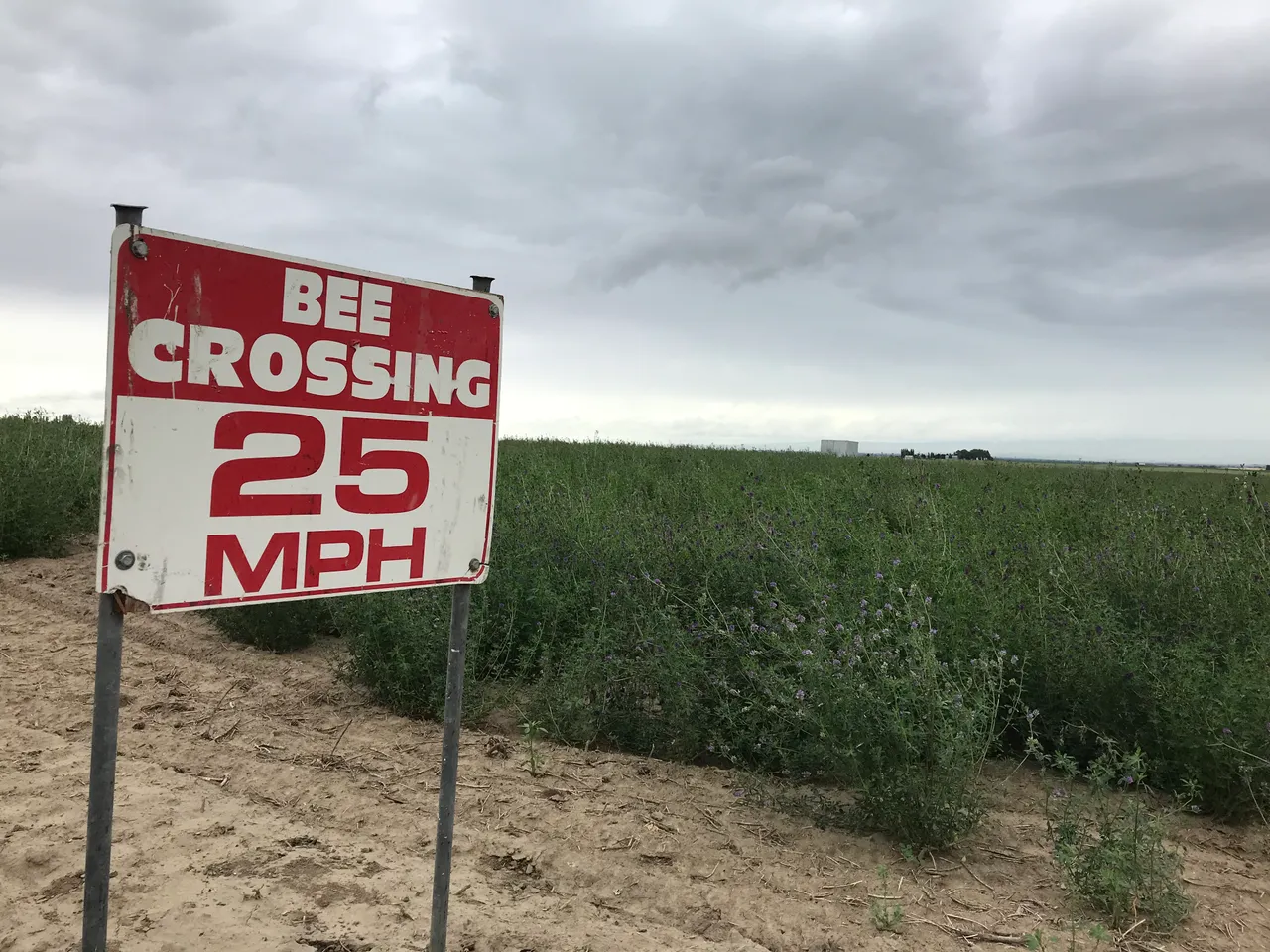
Every year the farmers haul out hundreds to thousands of these little huts and place 4” x 6” x 4’ blocks inside these huts. These big chunks of wood have thousands of little holes drilled in them. They are about 1/4 inch diameter holes.
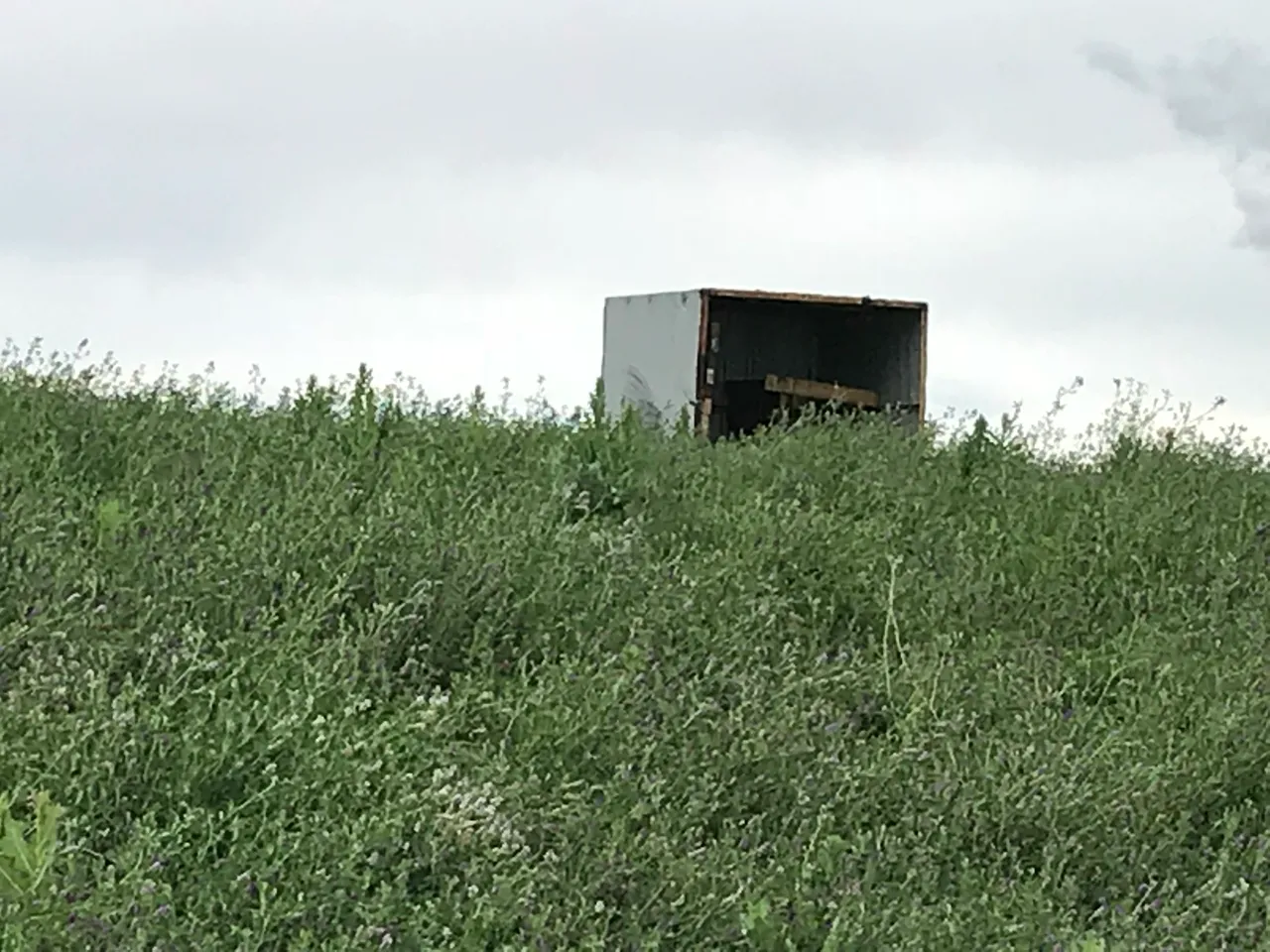
Inside these little holes are the larvae of the Leaf Cutter Bee. They have been stored in big cold storage buildings waiting for their time to come out and do what they do best...
Pollinate the Alfalfa
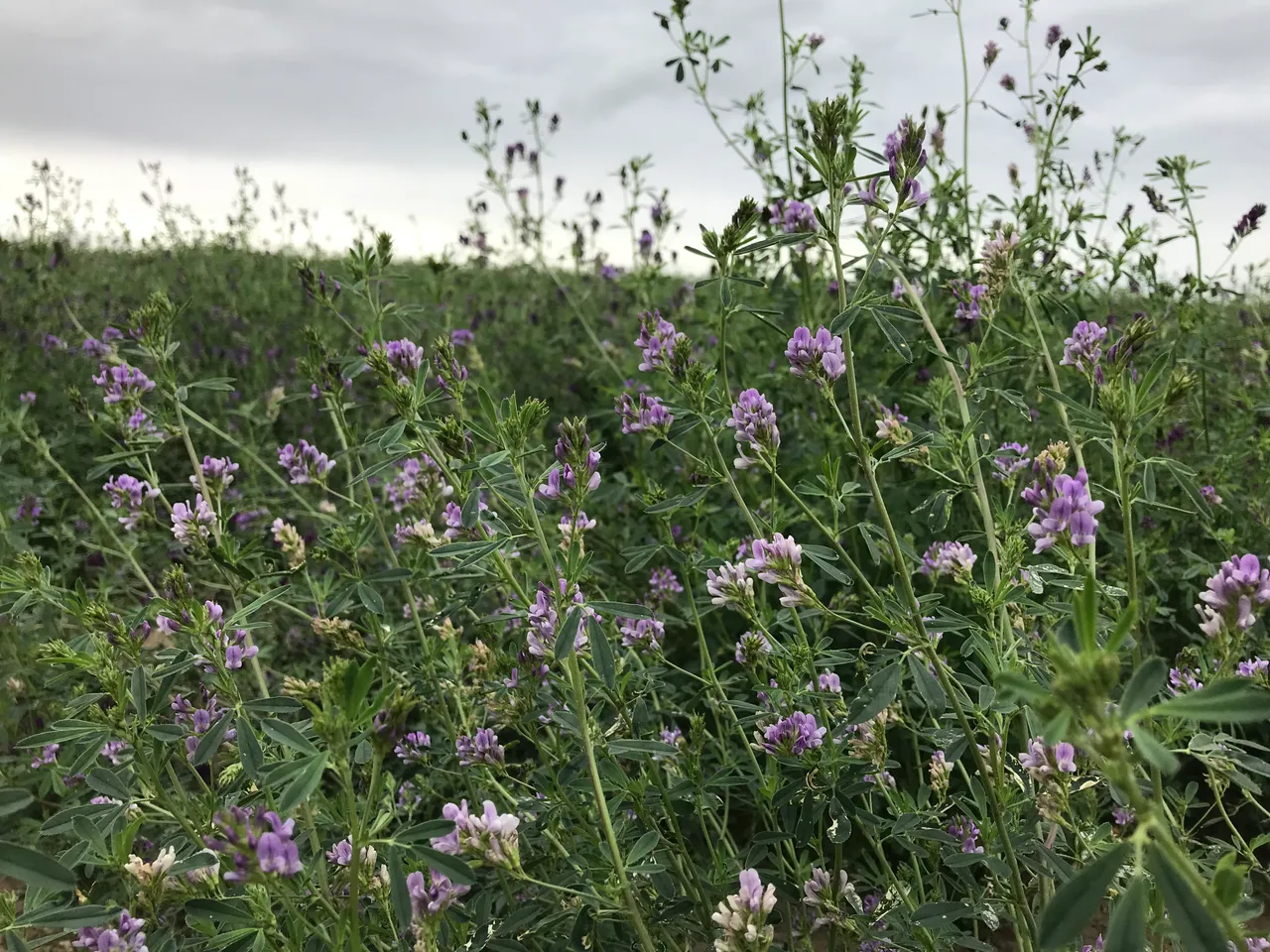
The Alfalfa Leaf cutter Bee is chosen over the tradition Honey Bee because the Alfalfa flower has a sort of boobie-trap that goes off when a Bee enters the middle of the flower.
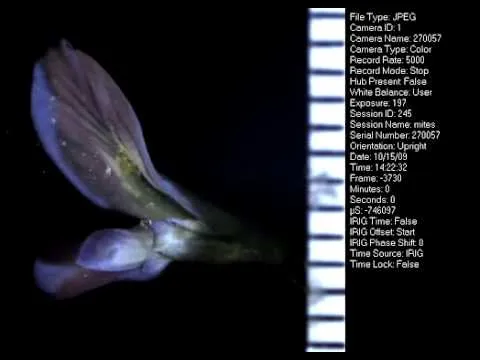
Honey bees don’t like this and in order to get the sweet nectar and avoid getting blasted, the sneak around the side and get that tasty nectar that way.
The honey bees are getting their nectar but they aren’t pollinating the Alfalfa flower. This is not good for a farmer looking to get those precious tiny Alfalfa seeds when harvest time comes. This is where the smaller leaf cutter Bee comes in. It is just small enough not to set off the boobie trap yet still pollinate the flower and get the tasty nectar at the same time.
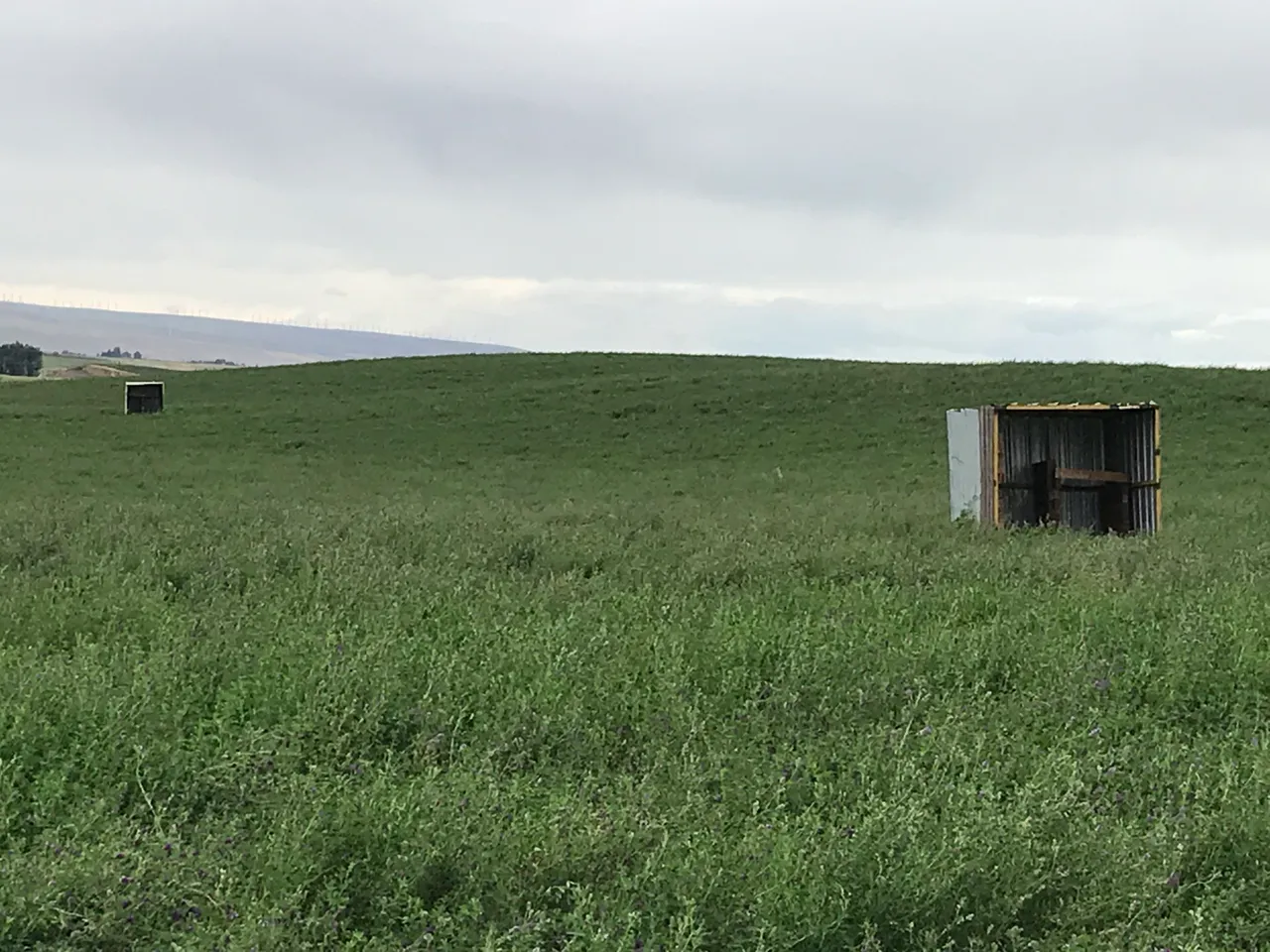
Not only are they alfalfa seed farmers but they are Leaf Cutter Bee farmers too. These little leaf cutter bees are super friendly and don’t bug you at all. We used to live in a house with a cedar shake roof and these little bees love building their nests in any type of little crack or hole. So the whole roof was covered in their little nests but we had no idea they were there
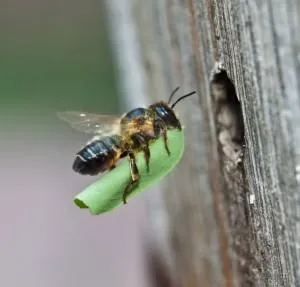
source
They line the hole or crack with pieces of leaves they cut from surrounding plants, mainly my strawberry plants, and lay their larvae inside with some pollen for their larvae to grub on and grow. Then they place a leaf cap over the top to seal them in. Sometimes there will be multiple chambers stacked inside one hole. Each chamber holding one precious larvae.
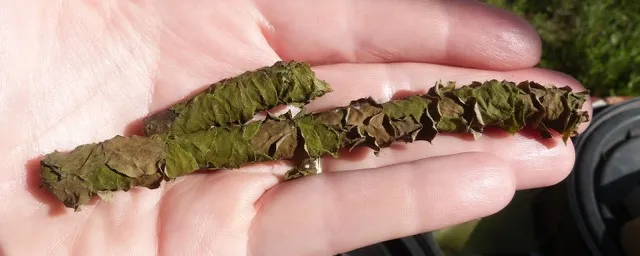
source
Once the weather starts to warm up, the larvae start hatching and soon when standing outside the house, you felt like you were in the middle of a huge beehive. It was actually pretty loud, and amazing how many of these bees were actually nesting all over the house. You had no idea they were there.
Despite all the noise they made, they never bit or stung us. Granted we left them alone and if one landed on you, you would just use our finger and almost pick them up and they would just fly off.
Back to the farmers, after placing the boards filled with leaf cutter larvae in the huts they check the periodically and wait for them to hatch and refilled with fresh baby larvae. Then they simply swap them out with another board. This continues on and on until there are no longer any alfalfa flowers.
The farmers keep the bees in cold storage to keep them from hatching. Unfortunately if they storage sheds lose power for a long period of time and it is warm enough outside, the leaf cutter bees will hatch too early. This can be detrimental to the whole operation of getting the alfalfa seed.
I find these bees to be pretty fascinating. From the way they build their nests and return to the same place they were born to lay their offspring.
To how friendly they are even though they live a pretty solitary life, meaning they aren’t part of a colony.
Being smaller in size the Leaf Cutter Bee can do the work of about 20 honey bees. Their size allows them to be able to pollinate the Alfalfa flower without setting off the trap.
So when you see a sign that says:
Slow Down For Bees
Maybe this article will help you to think twice and slow down.
Not only for the leaf cutter Bee, but the Alkali Bee too.

Until next time

Steem on
And
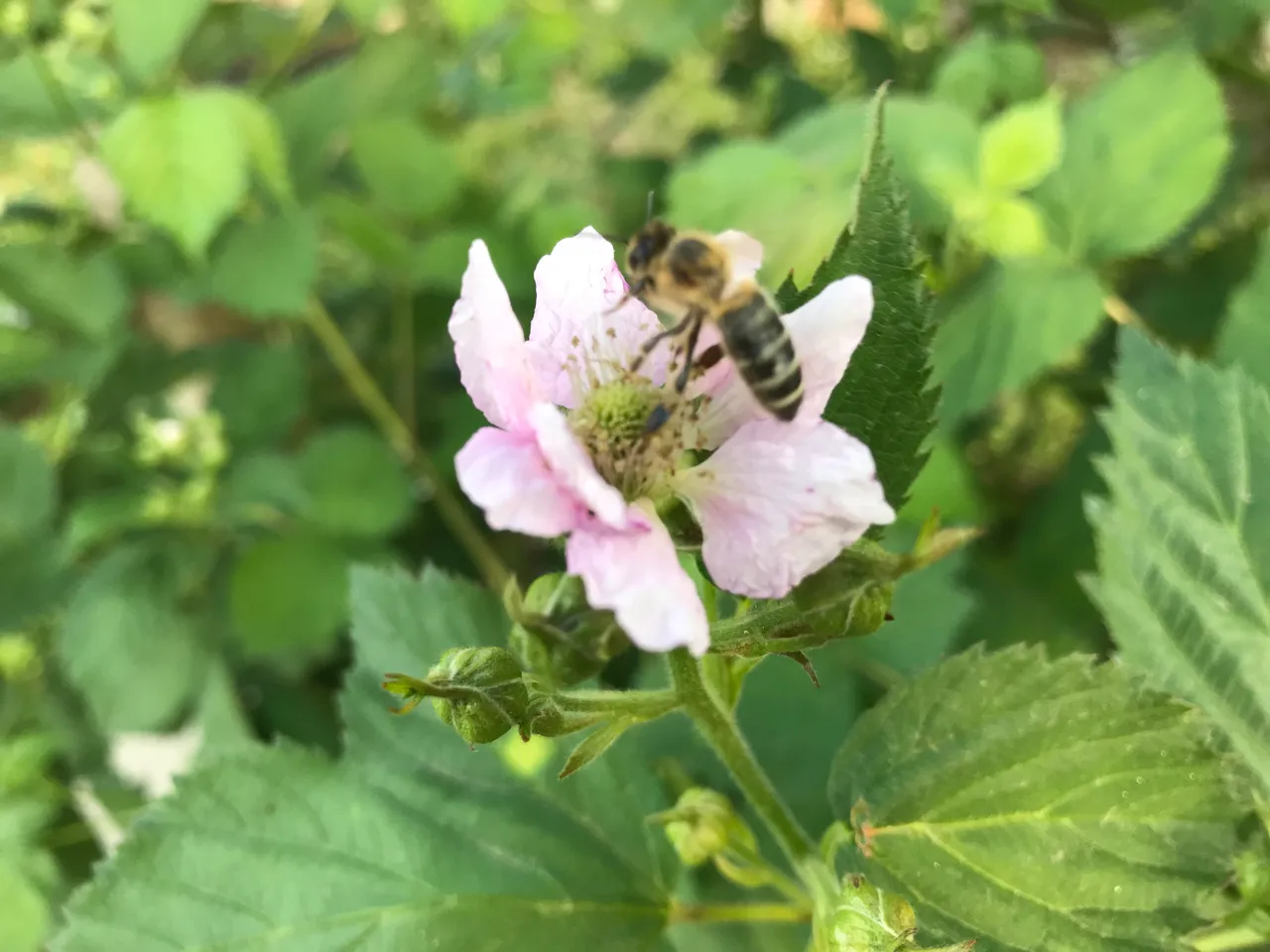
Bee’s
Lives
Matter too